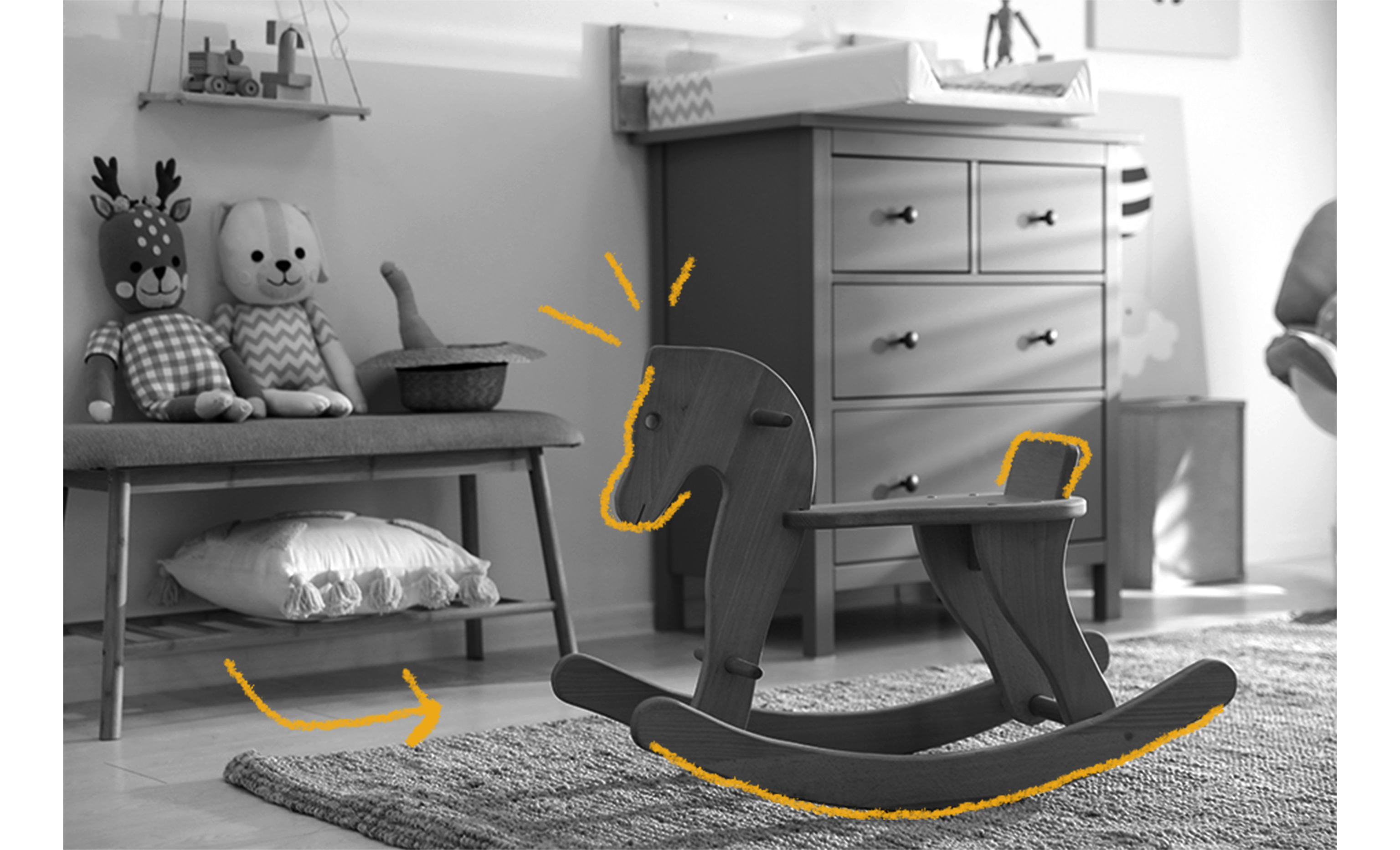Since horses were first domesticated approximately 4,000 years ago, their likenesses have been used for toys. So it’s no surprise that when wealthy Europeans began using horses for leisure activities in the 16th century, they had wooden rocking horses made for their children’s nurseries. The earliest examples utilized a cradle-like form and were often made by fathers and grandfathers who had spare time and carpentry skills. By the 18th century, lighter rocking horses with elegantly carved legs and long, narrow bows had become the norm. Later, with the advent of mass production, middle-class children were able to enjoy sleek rocking horses in greater numbers than ever before. By Victorian times, rocking horses had become a fixture of childhood. And while new materials and safety concerns changed the look and feel of the rocking horse somewhat as the 20th century progressed, the basic concept has remained unchanged since its inception. Children today still enjoy playing with rocking horses and the hypnotic motion, illusion of speed, and opportunities for imaginative play that they provide.

Your go-to guide for weird history facts
Subscribe to the FREE daily email that makes learning about history fun.


